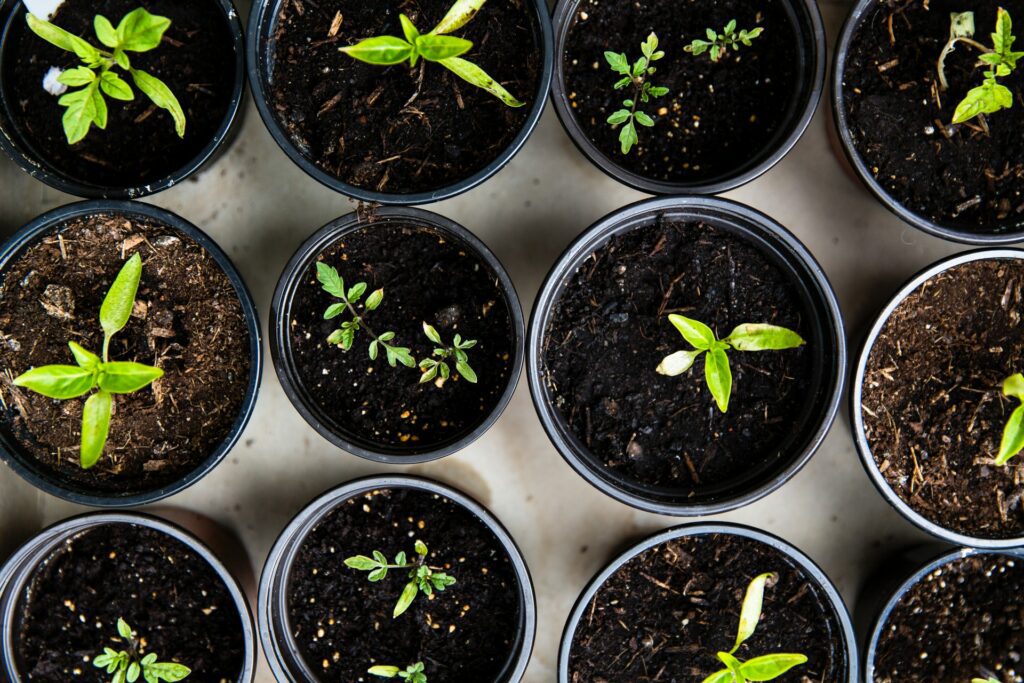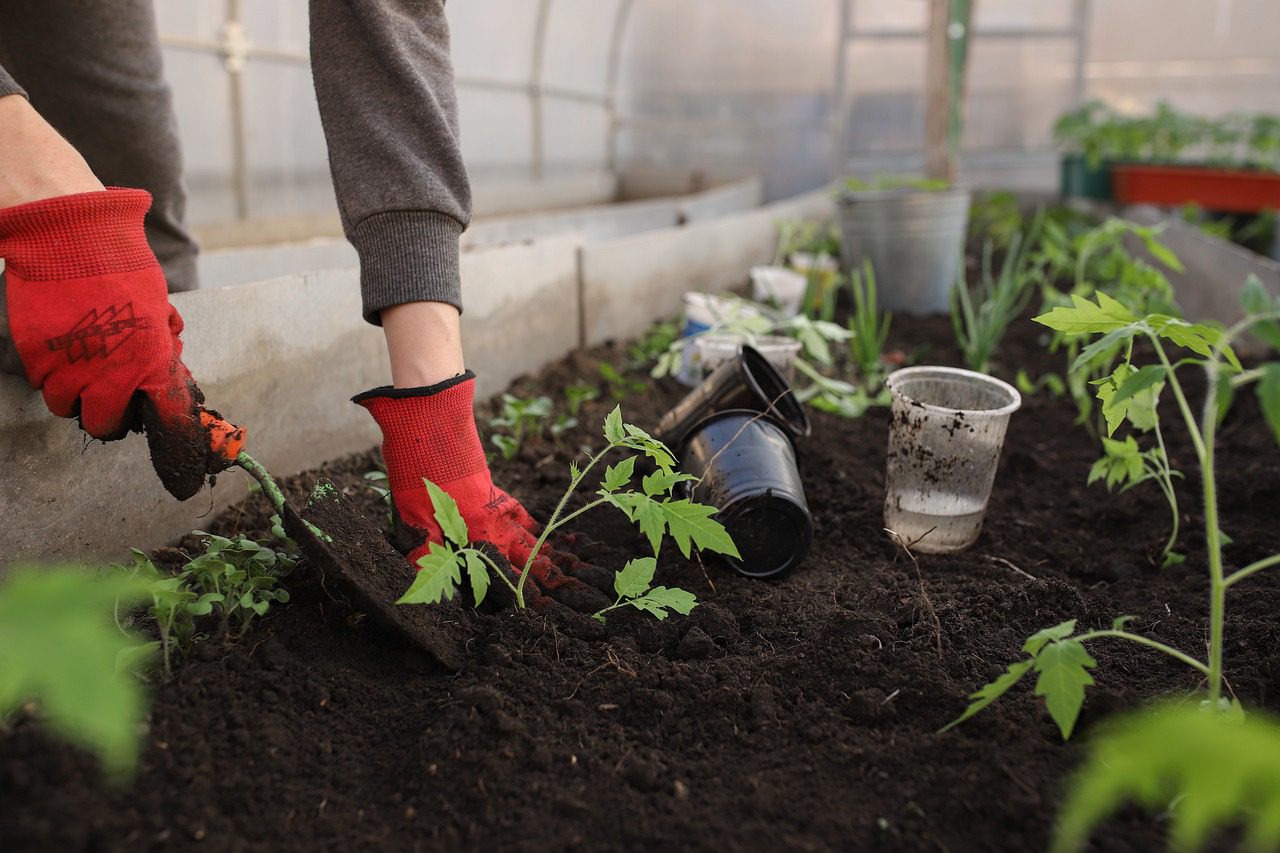Gardens can be a beautiful addition, after all. However, when you have these things in mind, you ought to think if gardening skills are inherited or learned over a period. Well, the latter can be one of the most practical points. So, if you are one of the enthusiasts who love to take care of your garden and water plants, this post is for you.
But, in case you are thinking about how to start your garden, this post will guide you through it. The blog will enable you to make your garden of dreams. Let’s get started with the rundown without wasting any time.

Site it right.
One of the most important things about gardening is the site you set your garden in. Moreover, it is just like real estate, where location plays an essential factor. So, consider placing your garden in one of the parts of your backyard or garden area where you will see it regularly throughout the day. Through such a process, you will be spending time with it.
Follow the sun.
Following the sun is yet another vital factor in your quest to set up a garden. In addition, misjudging the sunlight is a common pitfall when you are first learning how to garden. As a result, pay attention to how the light plays through your garden area before selecting a spot for the garden. Most edible plants, comprising several herbs, vegetables, and fruits, need a minimum of six hours of sun to thrive.
Stay close to water.

Stay close to water is another gardening tip experts will narrate or tell you every time you ask them. Always set up the garden near a water source. Also, ensure to run a hose to the garden site, allowing you to lug water every time your plants tend to get thirsty. One of the best ways to tell whether your plants require watering is to push the finger an inch down to the soil, around one knuckle deep. So, just know that if it is dry, it is an ideal time to water.
Begin with great soil.
Before beginning a garden, the top piece of advice from experts is to invest in the type or form of well-drained and nutrient-rich soil. One can achieve this through a combination of mixing 3 inches of all-purpose soil into the top-most 6-8 inches of existing soil you already own. Moreover, it is essential to know that if a gardener is planting in an elevated bed, always use the raised bed soil, a perfect texture and weight for the raised bed growing.
Buy containers.
Whenever you find space to be the premium, look towards the containers. One can simply grow several plants in pots, comprising herbs, vegetables, fruit trees, flowers, shrubs, and berries. So, while gardening in containers, utilize a significant pot for the entire plant it is hosting. You can also occupy it with the moisture growth potting mix. Not only can it formulate to assist plants in pots thrive, but it can also protect against the under and over-watering.
Select suitable plants.
It is essential to choose plants that can match your growing scenario. It simply implies putting sun-loving plants into the sunny one, selecting heat-tolerant plants in warm weather, and providing ground-gobbling vines such as melons and pumpkins. In the end, one has to do due diligence and pick specific varieties that can grow wherever you reside and in the garden area.
Discover your zone.

Knowing the hardiness zone will assist you in selecting the best plants. If we put it in simple terms, this describes the coldest place a plant can stay and grow—the higher your zone number, the warmer the weather. As a result, if a crop is a bit hardy to zone 4 and you do gardening in zone 5, that plant can survive in the yard. However, if you happen to be in zone 3, it might be too cold to grow that specific plant.
Learn your frost dates.
Remember, planting late or too early in the year can spell adverse effects for your garden. One needs to know the area’s last average spring frost date, so you do not accidentally kill plants by putting them prematurely. It is also ideal to know the first average fall frost day and date to get your plants moved or harvested indoors before the late-season cold damaging them.
Add some mulch.
Consider applying a layer of mulch that is 2-3 inches deep around every plant. This can reduce weeds through the process of blocking the sun and alleviate moisture loss. As a result, you have to water less. However, when it comes to the polish look, put down the layer of bagged mulch.
Featured Image Credits: Pixabay






